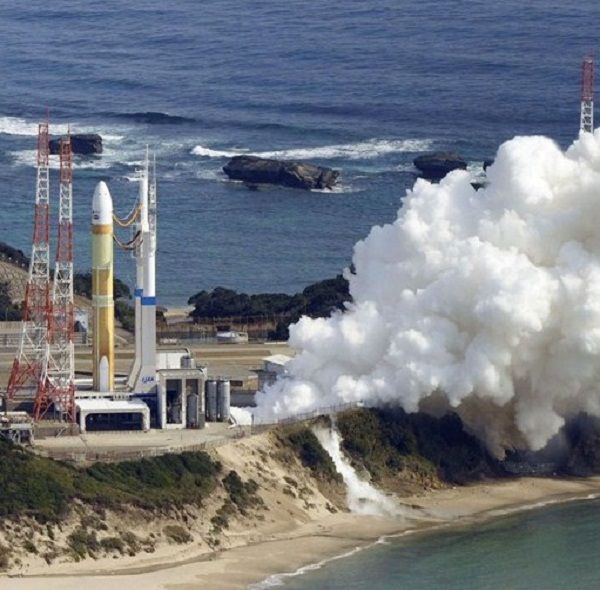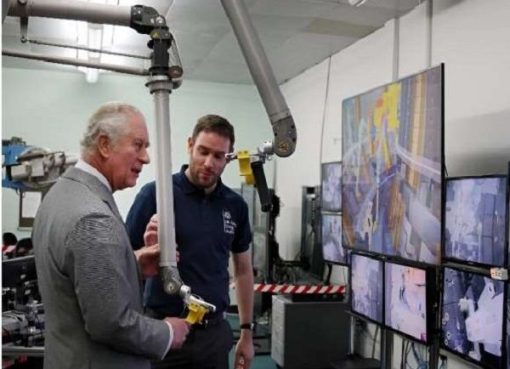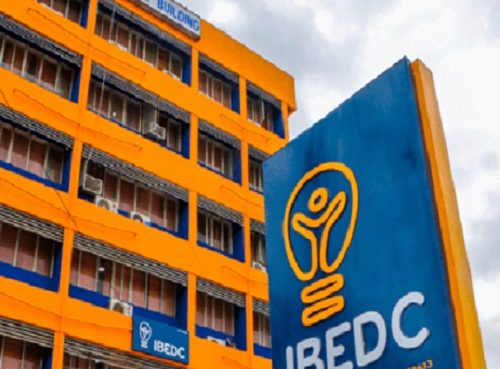Japan Aerospace Exploration Agency (Jaxa) has aborted the launch of the first of its new flagship H3 rocket after its auxiliary booster rockets failed to ignite.
The H3 rocket was carrying an observation satellite fitted with an experimental infrared sensor that could detect missile launches.
Concerns about the launch began after the countdown had started; when the Jaxa live stream began to show white smoke filling the site, located at the Tanegashima Space Centre in southern Japan.
The launch was meant to showcase Japan’s first new rocket in more than 20 years. However, the agency was forced to abort the mission after its auxiliary booster rockets failed to ignite. It marks the second failed launch in Japan’s space programme in just four months.
“I know many people were waiting for and looking forward to this day. I’m so sorry and I feel extremely regretful and frustrated myself,” Jaxa mission manager Masashi Okada said at a news conference.
Okada said the ignition of the main SE-9 engine was successful, but the subsequent electric signal to ignite a pair of auxiliary booster SRB-3s was not sent after an unidentified abnormality was detected in the process.
He said the problem is not related to the engines but lies most likely in an electrical system of the first stage.
The rocker was carrying the ALOS-3 land-observation satellite, which is also equipped with an infrared sensor designed to detect North Korean ballistic missiles.
The 200 billion yen (£1.2bn) H3 rocket was jointly developed by Jaxa and Mitsubishi Heavy Industries as a successor to the H-2A, which is due to retire in the coming years, after its milestone 50th launch.
Japan built the new rocket to enhance its independent access to space and compete with other players in the sector, including Elon Musk’s SpaceX.
H3 is designed to put government and commercial satellites into orbit and ferry supplies to the International Space Station. Its main engine was newly developed with fewer parts by altering the combustion method while replacing the majority of components with existing car parts.
Okada did not give a timeline for a third launch attempt but said he hopes to resolve the problem and attempt another launch before the current launch window closes on March 10.
Source: E&T










